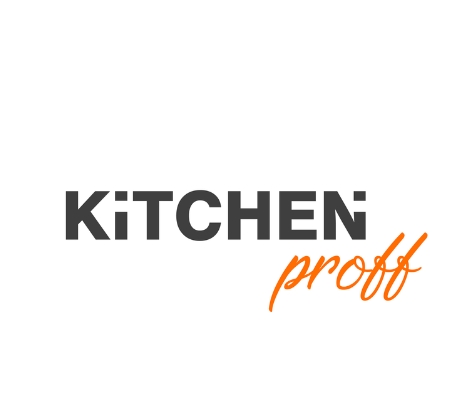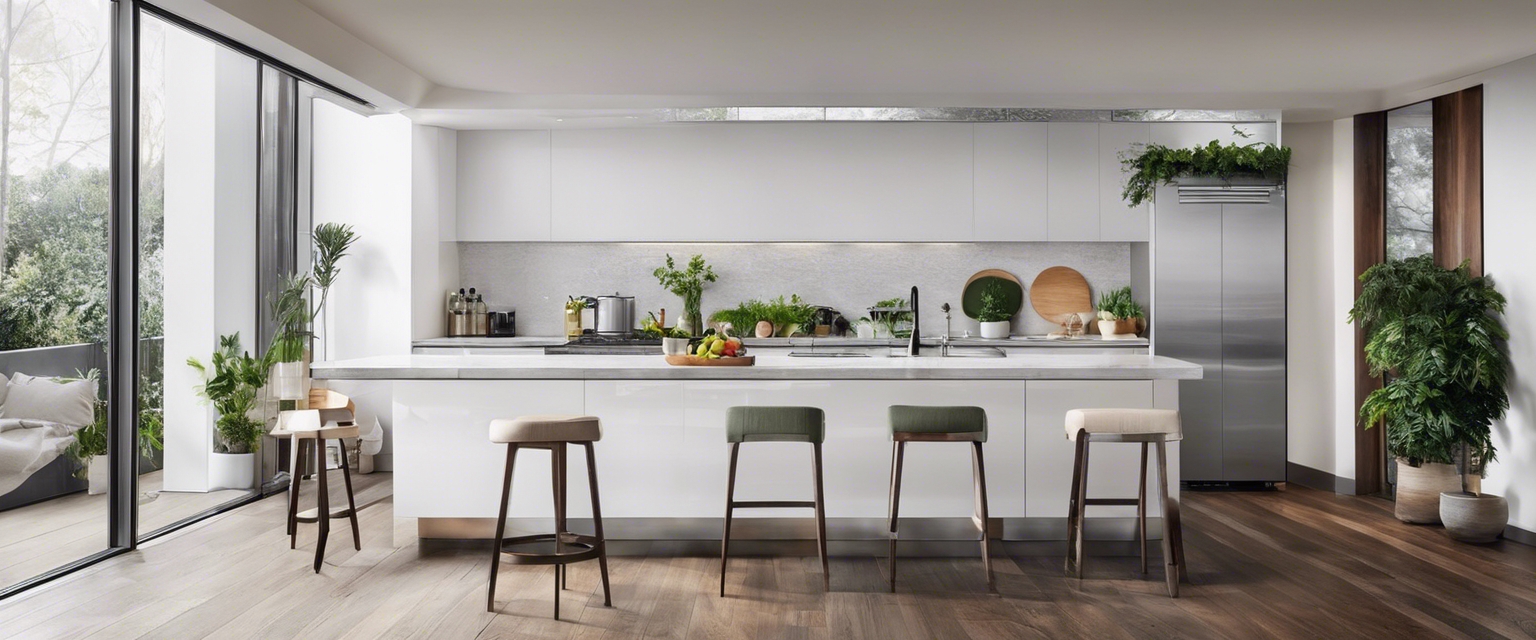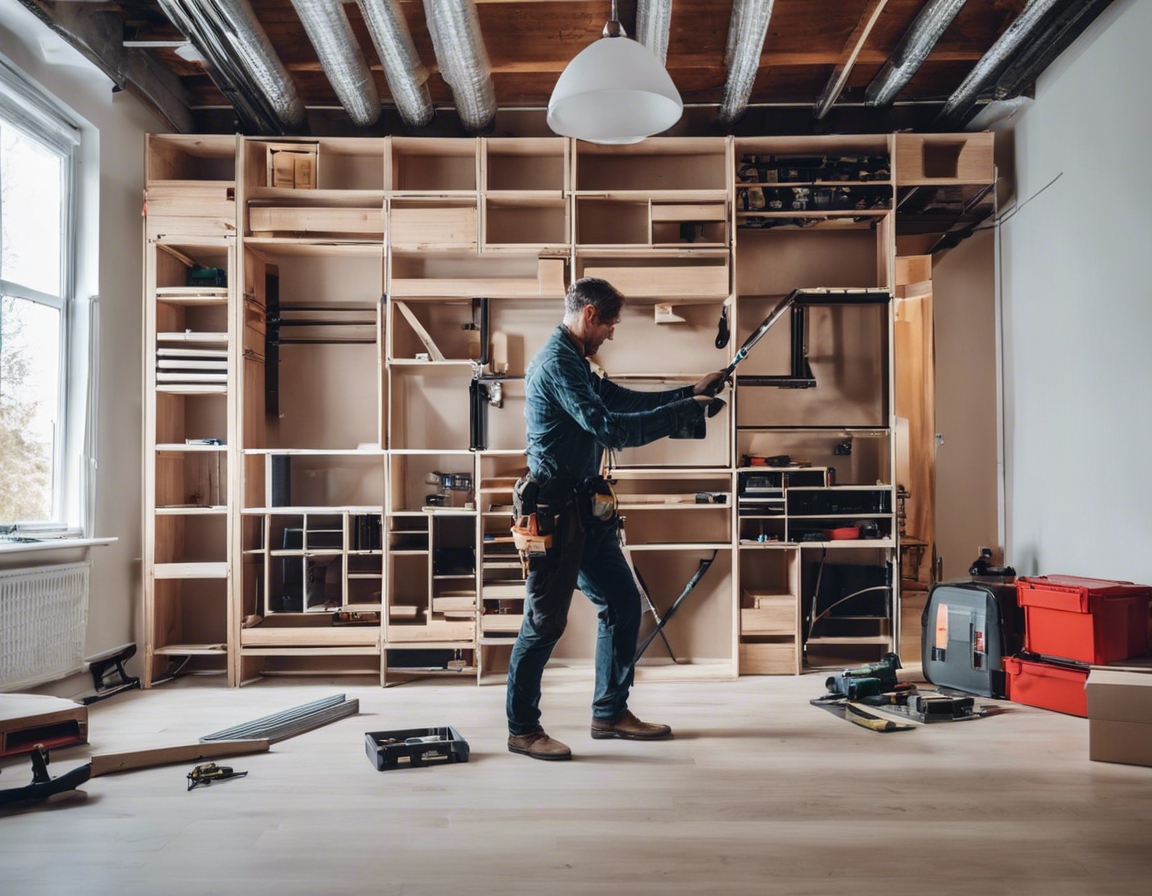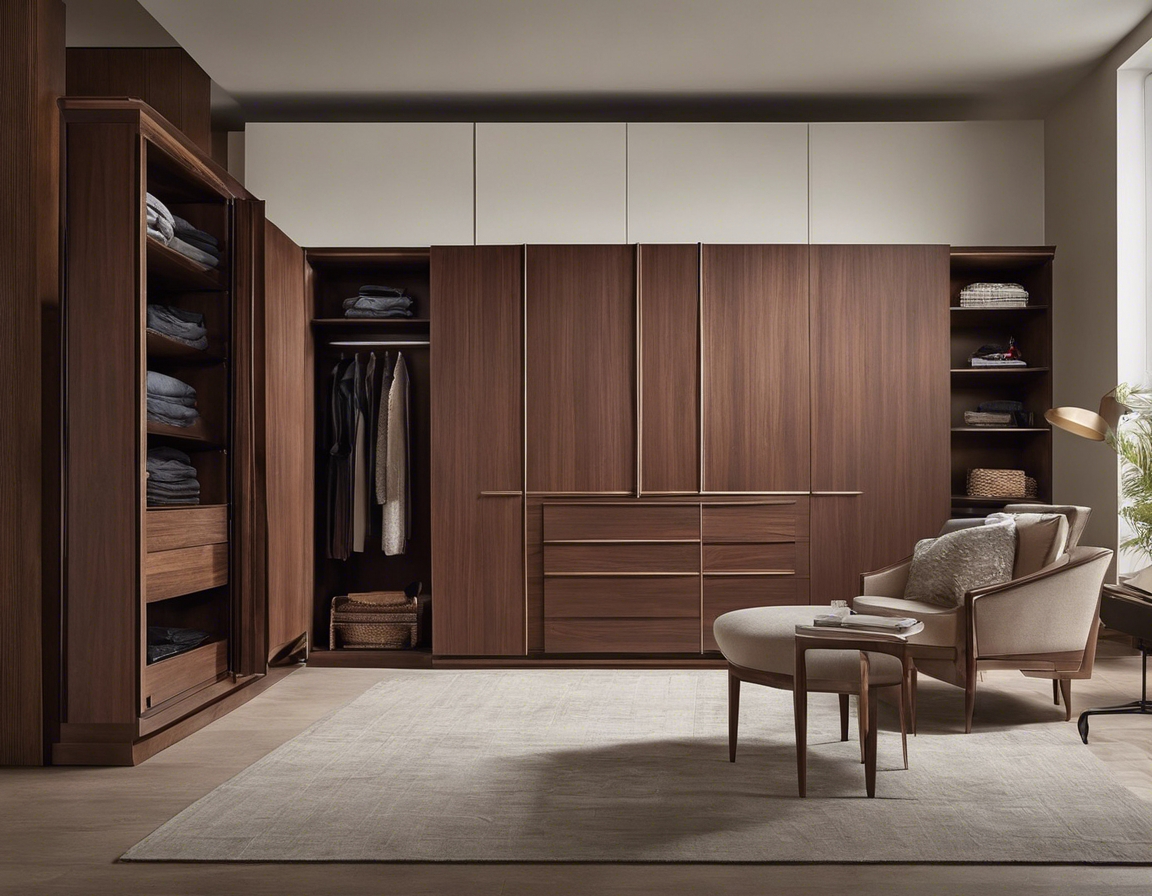5 trends shaping the future of kitchen design
The kitchen, often referred to as the heart of the home, has seen a remarkable transformation over the years. From a purely functional space to a central hub for dining, entertaining, and living, the modern kitchen continues to evolve. In this blog post, we explore the top five trends that are shaping the future of kitchen design, offering insights for homeowners and interior designers looking to stay ahead of the curve.
1. Smart Kitchens: Technology Integration
As technology advances, so does the functionality of our kitchens. Smart kitchens are becoming a staple in modern homes, with integrated technology that not only enhances convenience but also elevates the cooking experience.
Imagine a refrigerator that can keep track of your groceries, an oven that can be preheated remotely, or a dishwasher that can be started with a simple voice command. These are no longer futuristic concepts but real features available today.
Hands-free faucets, voice-activated lighting, and other voice-controlled devices are becoming increasingly popular, offering a seamless and hygienic way to interact with your kitchen environment.
2. Sustainable and Eco-Friendly Materials
As environmental awareness grows, so does the demand for sustainable kitchen designs. Homeowners are seeking out materials that are not only stylish but also kind to the planet.
Using recycled glass for countertops or reclaimed wood for cabinets are just a few examples of how eco-friendly materials are being incorporated into kitchen design.
Energy-efficient appliances are a must-have for the eco-conscious homeowner, reducing both energy consumption and utility bills.
3. Multipurpose Kitchen Spaces
The modern kitchen must cater to more than just cooking. It's a place for socializing, working, and more. As such, multipurpose spaces are a key trend in kitchen design.
Open-concept kitchens that blend seamlessly with living areas are perfect for those who love to entertain or enjoy family time while preparing meals.
Modular units that can be reconfigured and flexible layouts that can adapt to changing needs are essential for a dynamic and functional kitchen space.
4. Personalization and Customization
Personalization is at the forefront of kitchen design, with homeowners wanting a space that reflects their individual style and needs.
From custom cabinetry that fits unique dimensions to distinctive finishes that match personal aesthetics, the options for customization are endless.
Advanced technology now allows for 3D rendering and virtual reality previews, enabling homeowners to visualize and tailor their kitchen designs before the physical work begins.
5. Wellness and Biophilic Design
Wellness is becoming a central theme in kitchen design, with a focus on creating spaces that promote health and well-being.
Incorporating natural elements like wood, stone, and plants can improve the overall ambiance and air quality of the kitchen.
Proper lighting and ventilation are crucial for a healthy kitchen environment, with innovations like circadian lighting and advanced range hoods making a significant impact.






Comments (0)